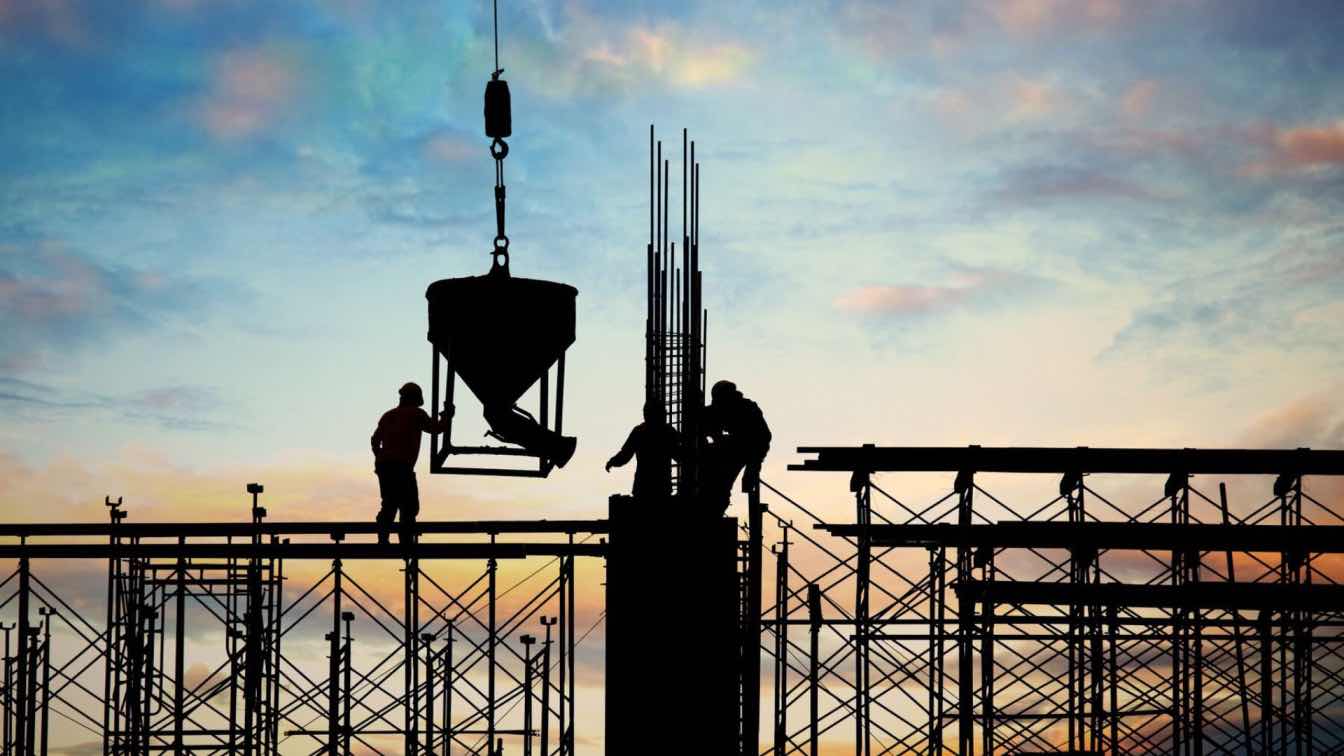A risk mitigation plan is a widely used construction strategy to identify potential problems before they happen by outlining prevention steps. The plan uses assessment tools in the form of safety audits to make sure compliance standards are maintained, causing no undelivered timelines.
Importance of a risk mitigation plan in construction-
1. Identifies issues early: A risk mitigation plan helps to identify equipment failure or permit delays
2. Helps in decision making: It enables project managers to handle tasks where they can allocate resources accordingly.
3. Reduces unwanted delays: Utility mapping is an approach that helps to prevent interruptions.
4. Minimises worker safety issues: Implementing comprehensive safety protocols, adherence to stringent safety regulations, ensures a safe working environment.
What Happens If There Is No Risk Mitigation Plan in Construction?
There are several consequences of not having a proper risk mitigation plan at the beginning of the project. Some of them are as follows:
1. Direct Financial Losses
Damage to materials: Machinery, especially in construction, is expensive. If it gets damaged, the contractor will have to face costly repairs.
Design errors: If the structural design has errors, it will lead to reconstruction, further hindering timelines.
Penalties or fines: If safety regulation standards aren't met, contractors will face legal penalties or fines, resulting in costly expenses.
All these will lead to failed deadlines, which will cause the client to cancel the contract.
2. Legal and Regulatory Issues
Stop-work orders from regulatory bodies: If authorities find out the construction site is working without safety gear, it can result in an immediate inspection.
Permit loss causing delays: Construction will reach a standstill due to unresolved permit issues and extend project timelines.
3. Project Delays Causing Downtime
Project delays will only add to the downtime, causing more issues like:-
Extended labour needs: Delays would require workers to work overtime, meaning they would have to stay on-site longer.
Client dissatisfaction: Failure to meet deadlines will frustrate clients, which can lead to contract termination.
Reduced efficiency: Extended project timelines will lead to higher overheads. This may affect productivity, ultimately impacting profitability.
4. Drives an Impact on Workers and Their Safety
When safety is compromised, there are chances of accidents or injuries. On-site workers are more prone to such dangers (falling from heights, electrical shocks, unsafe scaffolding).
Increase in compensation costs: High risk of injuries and fatalities that can cause severe compensation costs.
Chances of fatality: In extreme cases, serious safety breaches can lead to worker deaths.
Less productivity: A demotivated workforce will work slowly, affecting the project's progress.
5. Hampers Reputation and Builds Client Distrust
Negative reviews can affect the reputation of the project and the contractor. A few reasons are listed below:-
Incapable of meeting deadlines: Delays signal poor planning and execution and erode client confidence.
Work safety incidents: Frequent accidents depict poor site management, where workers are not cared for.
Loss of future projects: If clients are unsatisfied, they will not recommend contractors to other companies, resulting in zero business.
6. Unnecessary Claim Rejections by Insurance Companies
If certain standards are not in order, insurance companies will reject contractors all risk insurance due to the following reasons:-
Misleading coverage: Risks like faulty design are not covered, leaving contractors to address repairs.
Unable to meet policy terms and conditions: The insurer may reject a claim due to inadequate safety management.
Incorrect documentation: Incomplete paperwork or missing photos can result in claim rejection.
7. Affects Business in the Long Run
A construction project can face serious implications, and this will determine project credibility.
Degrades reputation: A contractor's reputation will be lost if the project faces delays.
Client distrust: If a contractor fails to meet expectations, clients may be reluctant to work with them again.
Loss of competitive edge: The company will lose its footing if safety issues become frequent.
How Does a Risk Mitigation Plan Help Contractors in Construction Projects?
Major threats regarding safety and cost can be looked into with a risk management plan. Here's how it can benefit a contractor:-
Reduces costly delays: Identifying risks to prevent interruptions is important. It will also build contractor credibility by lowering costs.
Takes care of site safety: Fixes initial hazards by running safety audits. This helps in making sure the environment is safe.
Aids in legal compliance: Fines and penalties can be avoided if safety and legal requirements are up to the mark.
Increases client credibility: A well-managed project will help gain client trust and confidence through contractor reliability.
Builds brand reputation: Projects successfully delivered on time enhance brand reputation. This will help gain business opportunities.
Conclusion
The damage from risks goes beyond money. It affects a contractor's safety, time, and trust, which takes years to build. Risks like permit revocations or fatalities can affect timelines. This will create a negative impact on the contractor's image. However, a risk mitigation plan can help recover losses. Be it opting for engineering insurance or conducting safety audits. The benefits are endless, and they will help protect workers and ensure the project succeeds.





